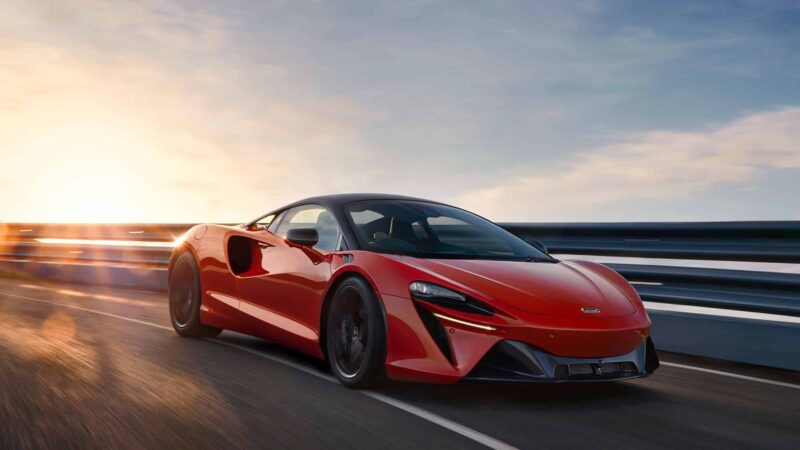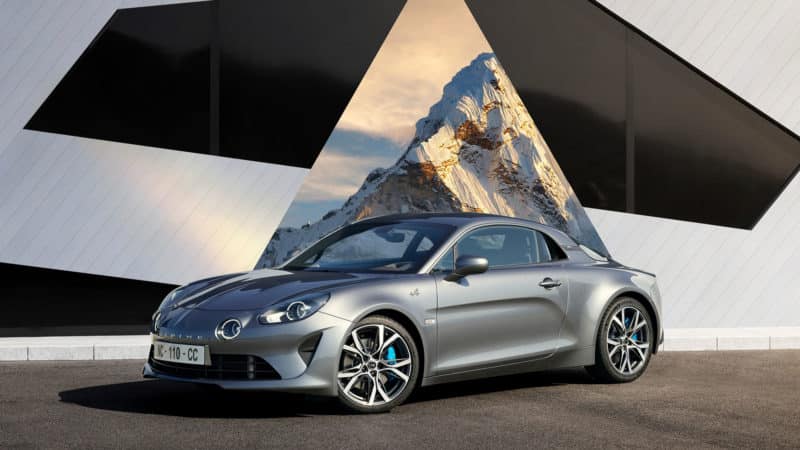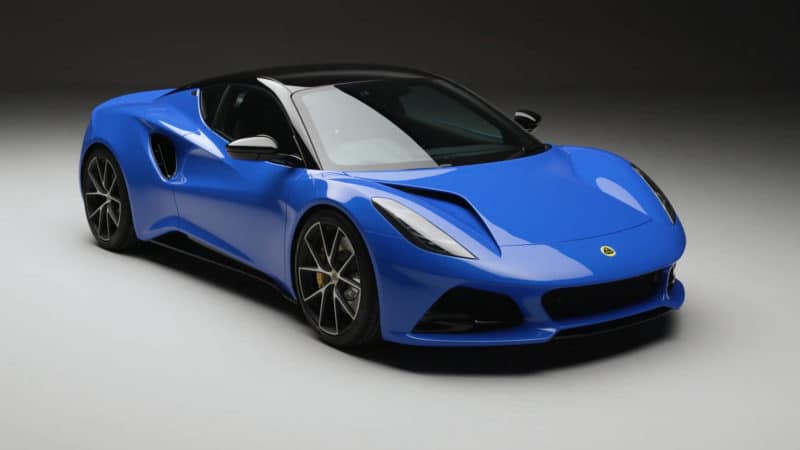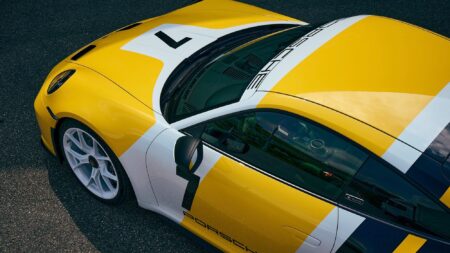Which is one more reason why the Lotus Emira has to be exceptional. For while the A110 belongs to a dying breed, the Emira looks likely to be akin to Lonesome George, the Galapagos turtle who was for 40 years the last survivor of his entire species until he died, somewhere north of his 100th birthday in 2012. It seems strange that Lotus should choose as its first post-resurrection production machine a kind of car it has no intention of making again but you won’t be hearing complaints from me.
Turning to yet more sporting machines, the two most interesting motors look likely to be the somewhat belated launch of the McLaren Artura and the Ferrari 296GTB. Because both are mid-engined, two seat, rear drive hybrid supercars boasting brand new, similarly sized, fashionably 120 degree twin turbo V6 motors, it is tempting to see them as rivals. But they’re not, the Ferrari being by a distance the more powerful and expensive. Each interests me for different reasons: the Ferrari because it looks likely to be the car the SF90 always should have been – a genuinely usable supercar with decent luggage space so you can actually go somewhere in it – at a far more affordable price. It’s better looking car too, at least to these eyes.
The McLaren? Whatever the company says about the Artura not being a make-or-break car for it, the importance of it succeeding would be hard to overstate. On paper it seems well equipped for the job, but we’ll know if it’s really the answer to McLaren’s troubles in the spring.

Will the McLaren Artura to some extent help cure the supercar maker’s ills?
McLaren
And while the McLaren and Ferrari hybrid systems are clearly what’s needed for such cars while they wrestle with the challenge of creating all electric supercars, for everyone else hybrid is looking increasing old hat. The EV roll out is coming thick and fast, indeed I’d say the majority of all new cars I drove this year were powered by electricity alone, and if you’d suggested as much even two years earlier, I’d have laughed the notion right out of the room. Indeed, unless there are compelling tax reasons to buy a hybrid model – and they are dwindling fast – I’d say you’re now likely to be better off either buying what may be your last pure internal combustion engine car, or taking a deep breath and buying an EV, whether you like the idea or not and whether they are anything like as good for the planet as advertised.
But if you do, don’t expect electricity to remain a cheaper option than petrol for long. Even now if you charge at public fast-charging sites, the cost per mile is not so very different to filling with petrol meaning there are only huge savings to be made if you’re lucky enough to be able to charge from home. And for every unit of electricity that goes into your car, that’s an amount of tax the Government won’t be receiving as it would were you still using gasoline or diesel. Consider that in a normal (non-Covid) year, the treasury would expect to earn around £27 billion from taxing petrol, you can see it can be only a matter of time before it starts taxing the electricity you put in your car instead.
But how, if it’s coming from the same supply as that which powers your television? I don’t know, but expect road pricing comes into it, with those living in poor rural communities who have no viable public transport options and big mileages to cover to get to work likely to be the most severely affected.




